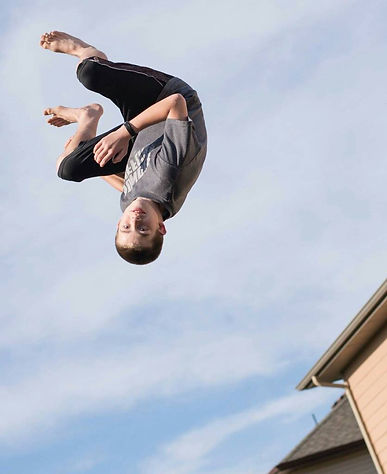

Movement to help Self Regulate
In the setting that I helped to create at Spectrum Academy, movement and helping children to self regulate their bodies is built into nearly everything that I do as a teacher. Because it is so critical to provide appropriate levels of sensory input throughout the school day, I conduct regular “checks” to see if students are over-excited, tired or bored, or “just right”. When I see that the student in the class need to regulate their bodies, I then provide appropriate activities (alerting, calming, or organizing) to bring the students back on track. These activities can be done at the beginning, middle or end of a lesson.
My activities at the beginning of the class as usually worked into a bell ringer: jumping up and down as we sing our skip counting songs. In the middle as we are working on nouns pointing to objects, or verbs acting out the action verb we are working on so that we don’t interrupt the learning. At the end of a lesson is might be because the activity was very alerting or un-organizing so prior to letting the students go to transition we might do some deep breathing and stretching while we review the top three concepts of the lesson. Doing these three things is simple and it helps the students to keep learning because they are “just right.” I work my movements and self regulation as a proactive approach because it reduces negative behaviors and increases students attention to and retention of academic material.
Here are some quick ideas:
-
Chair push-ups—while you are reciting verbs
-
As if—while you are skip counting
-
Stretching—while you are reviewing the main concepts
-
Mirror—quick one word answers
-
Earthquake drill—while telling a story
-
Jumps—whenever you read a verb or the main character’s name in a story
Here are some quick tips to help calm or alert your students:
Alerting activities are thing that
-
rapidly changing/irregular inputs
-
quick tempos music
-
light touch
-
fast movement, especially spinning/rotational
Calming: Calming activities provide students with ways for them to stay focus and calm
-
slow, steady, rhythmic, repeated
-
predictable inputslow and rhythmic music
-
firm, steady, pressure touch or squeezing (think massage or a big hug)using muscles for “heavy work”
Remember that watching/observing your students’ movements is a big indicator to how they are doing and what they might need more help with. So, be alert, stay active, get kids moving, and the students’ learning will be less and less interrupted, and they will retain more and more.



